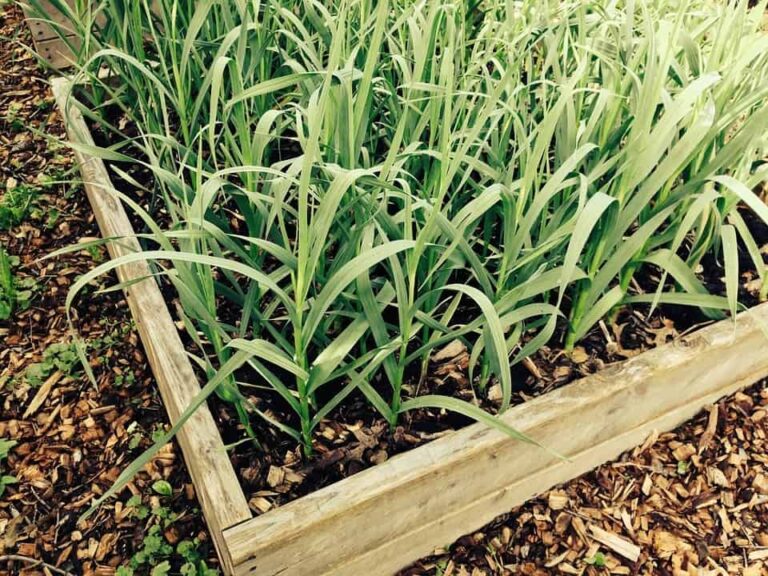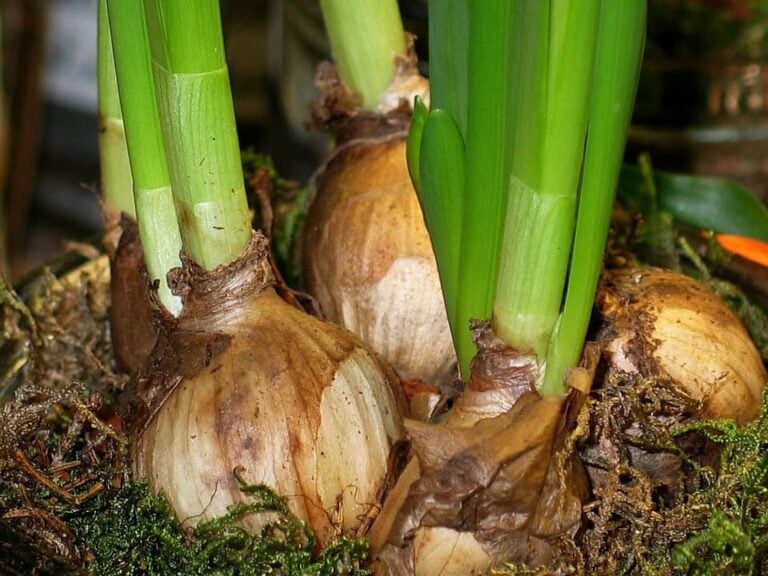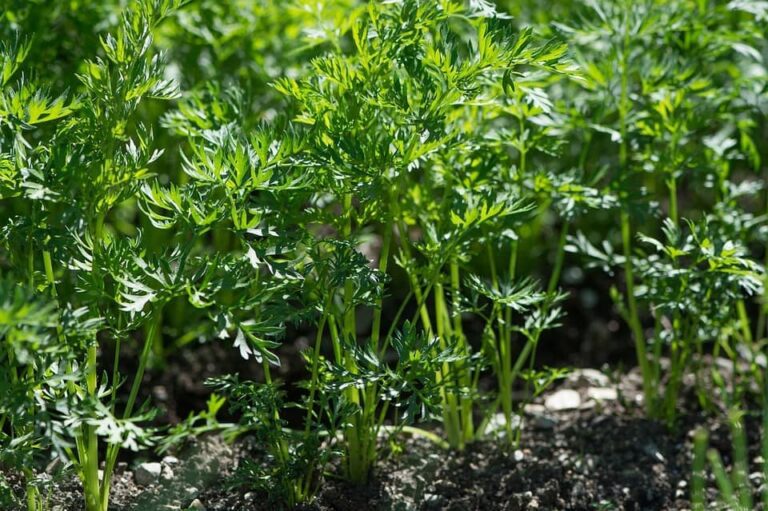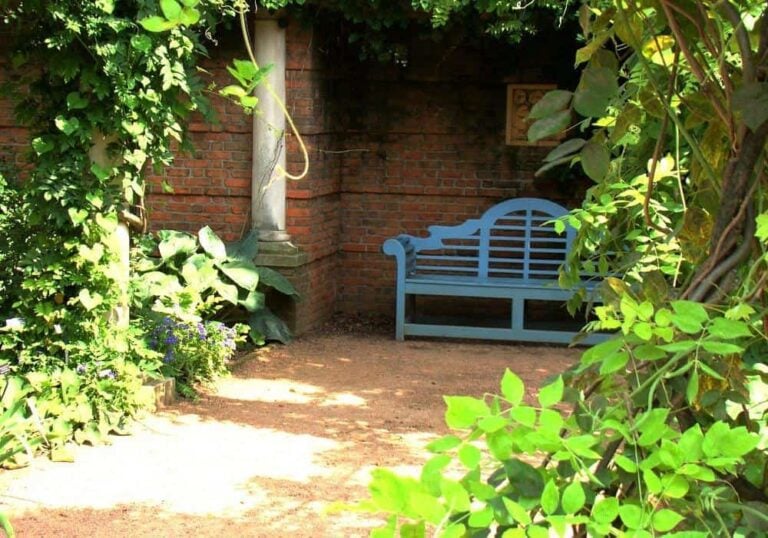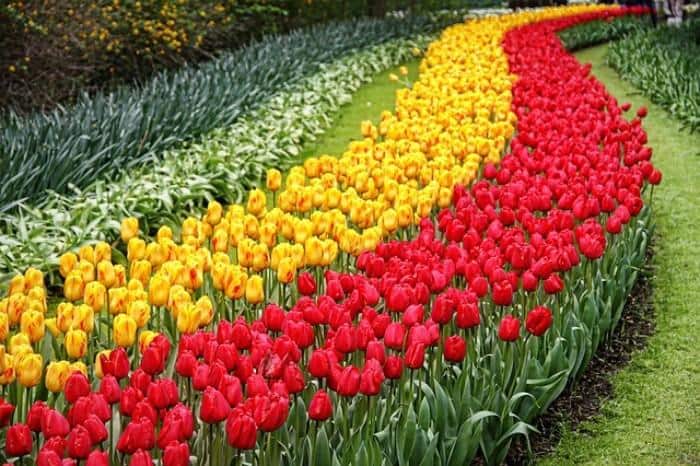A Primer on the Broccoli Plant
The broccoli plant needs extra care to grow into a healthy plant for harvesting. You can plant it in the spring or fall, depending on preference and your region’s weather. Have plenty of space where you plant, as broccoli plants need up to two feet of space between each other.
Care for broccoli plants with a nitrogen-rich fertilizer, plenty of water in the soil, and precautions against extreme frost, disease, and pests. Harvest broccoli heads once they’re full and the florets are tight around the middle of the crown. Cook within 5 days or freeze up to a year.
When to Plant Broccoli
Broccoli can tolerate fairly cold soil temperatures and grows best in a cool season. So, you can choose to grow it in the spring or fall, depending on where you live and what your preference is for harvesting.
If you grow it in the right conditions, it may even produce through both seasons. For warmer climates, though, you’ll want to plant for the fall for your broccoli plant to thrive in the cooler season.
To plant for either season, follow these tips:
- Spring. To grow through the spring, plant seeds about 2 to 3 weeks before the estimated last frost for your region.
- Fall. For your fall broccoli growth, determine when the first fall frost for the season will be, and plant seeds between 85 and 100 days before the frost.
You can check the typical frost dates for your region using the Old Farmer’s Almanac guide.
Where to Plant Broccoli
No matter where you choose to plant your broccoli, you’ll need plenty of space. Broccoli should be planted about 18 to 24 inches apart in rows that are at least two to three feet apart.
Or you can use containers. We have an article just about that: Learn About Growing Broccoli in Containers.
Broccoli needs a lot of sun, as shade will keep your plants from germinating. You’ll also need to have well-draining soil, so raised beds usually work well for the broccoli plant.
The soil should be very fertile with plenty of nutrients, as broccoli plants are heavy feeders. Mother Earth News suggests keeping the soil at a pH level between 6.0 and 7.0, with a mature compost mixed in. You can also add a nitrogen-rich fertilizer.
Your broccoli beds should be thoroughly weeded and watered before you begin planting.
How Does the Broccoli Plant Grow?
You can buy broccoli seedlings from your local garden supply center or you can purchase seeds to grow yourself. Be sure to adjust your time frames for planting, since seedlings will need about 10 days less to grow to maturity than seeds.
The broccoli plant will grow up from the ground with a thick stem and several leaves. It will reach full maturity in 50 to 100 days, depending on your area’s weather and temperature and its overall health.
Your broccoli plant will grow a central head, which, when harvested, will cause the plant to produce several smaller heads. If your plant is healthy enough, at least some of these heads will grow to maturity and can be harvested when ready.
This video by Rob Bob’s Backyard Farming explains why it’s important to harvest your broccoli plant correctly to encourage the most yield production from each plant:
Caring for Broccoli
Broccoli needs a lot of excellent care during the growth process. The plants need a continuous nutrient and water supply to thrive and need to be kept free of pests and extreme weather conditions.
About three weeks after planting broccoli, it’s important to fertilize your plants. After this initial fertilizing, you can do so once per month. You can also add in some more nitrogen-rich fertilizer around each broccoli plant base to encourage production of side heads.
Each broccoli plant will also need thorough watering at least once per week. Be sure to water only the soil, not the plant. Water on your broccoli plant or heads can cause rot, but the plant needs plenty of water in its soil.
Continuously check for and pull weeds. You may also want to protect your broccoli plants from extremely cold weather. A freeze or two usually won’t damage plants, but continuously freezing and thawing can. You can cover your broccoli plants with floating row covers or a broccoli tunnel to prevent frost damage and raise the temperature.
Common Broccoli Pests & Diseases
Broccoli plants are known to attract several pests, which is why it’s important for gardeners to continuously check their plants and take precautions against common pests.
You can choose to use broccoli row covers to protect against cutworms, cabbage loopers, cabbage worms, and other pests. If you do see any of these, use your hands to remove them or find a pesticide that’s safe for broccoli.
The key to preventing pest infestation and disease begins with your soil health. Testing your soil’s pH level before you plant, rotating crops each year, keeping the beds weed-free, and removing infected broccoli plants immediately will help keep your broccoli plants free of pests and disease.
Harvesting and Storing Broccoli
You can harvest broccoli heads when the florets on the edge of the crown begin to loosen, but the rest of the crown florets are tight. They need to be harvested before yellow buds begin to appear. Once you see your crowns begin to develop, check them daily so you don’t miss the optimal harvesting window. If you begin to see yellow flowers, harvest immediately.
The Old Farmer’s Almanac suggests harvesting your broccoli heads in the morning before the sun heats up the soil and plants for better-tasting broccoli. Cut the stalk about 5 to 8 inches, on a slant, below the crown. During the next few days, check for side-shoots of broccoli and harvest when ready. If any go past optimal harvesting time, cut them off to encourage new growth.
After harvesting, you can wash the broccoli crowns, but make sure you dry them thoroughly to prevent rot. Store the heads in the refrigerator for up to 5 days, or you can blanch them and freeze them for about a year.
You May Also Read – Broccoli Companion Plants

